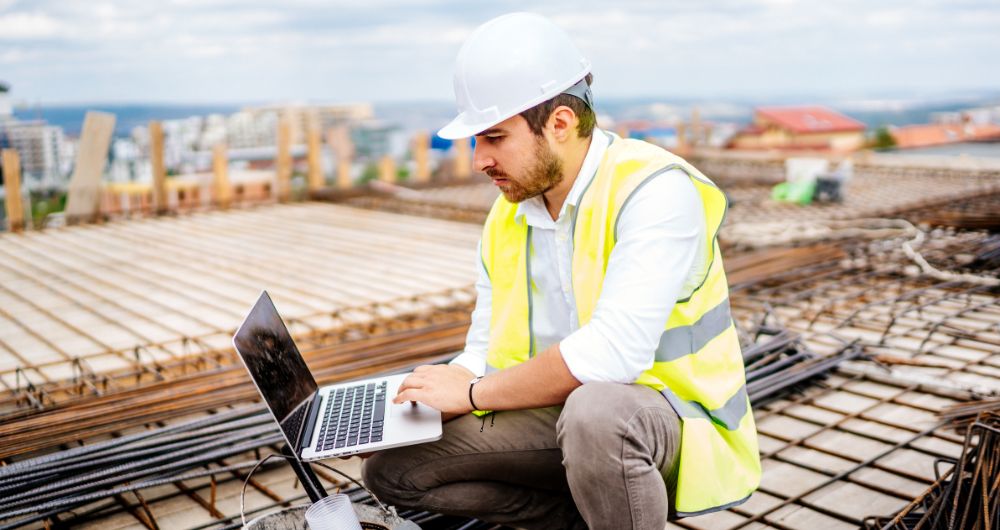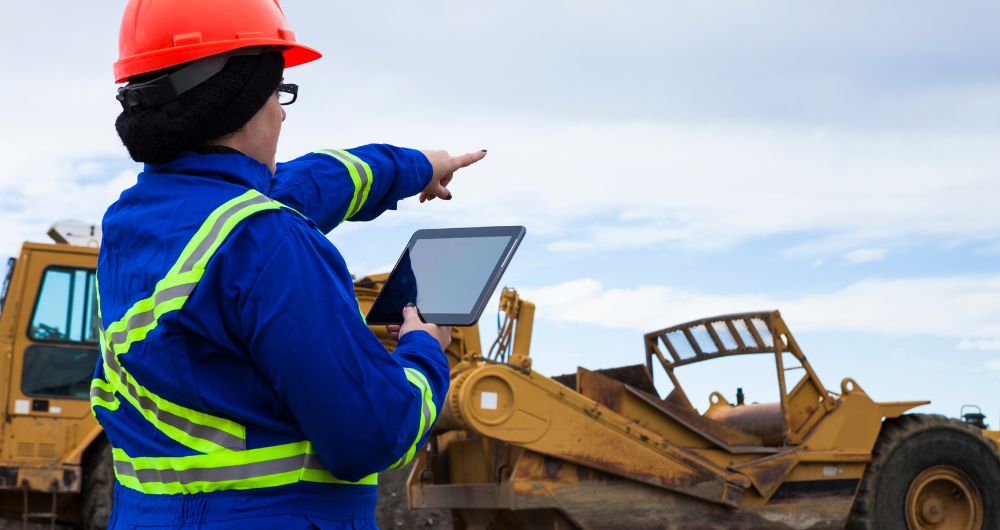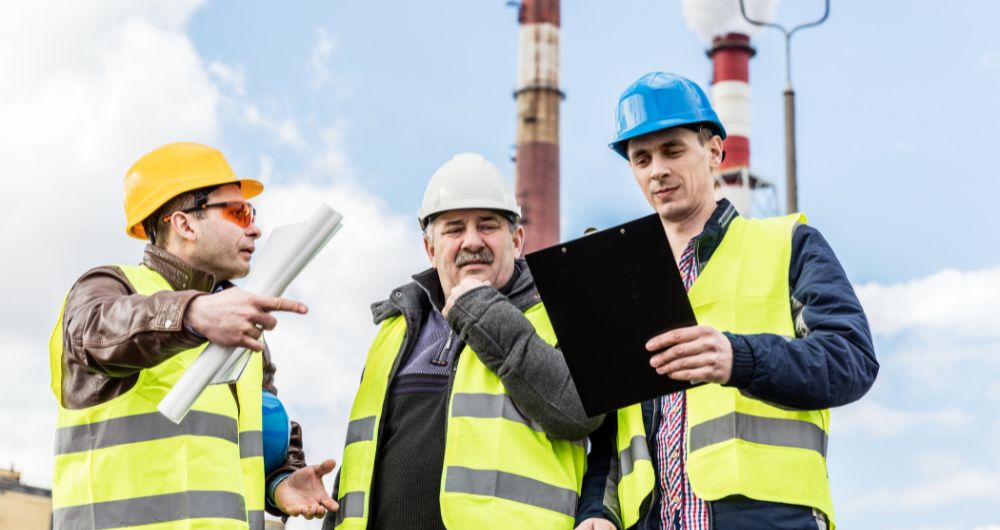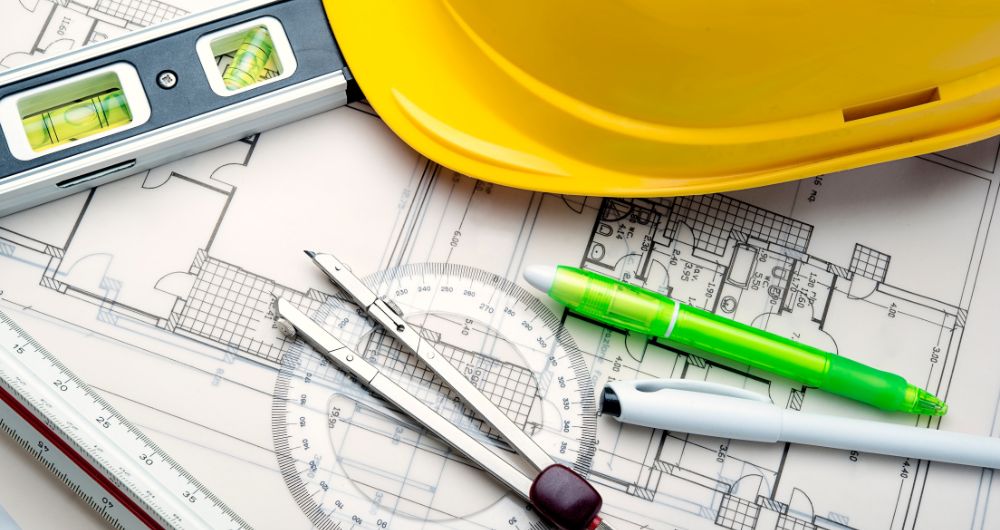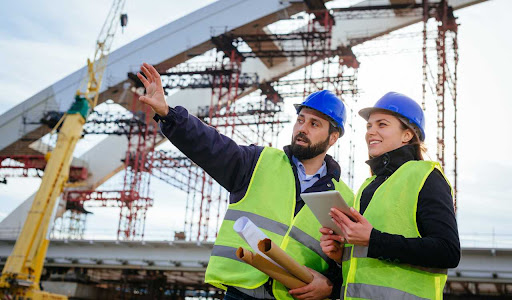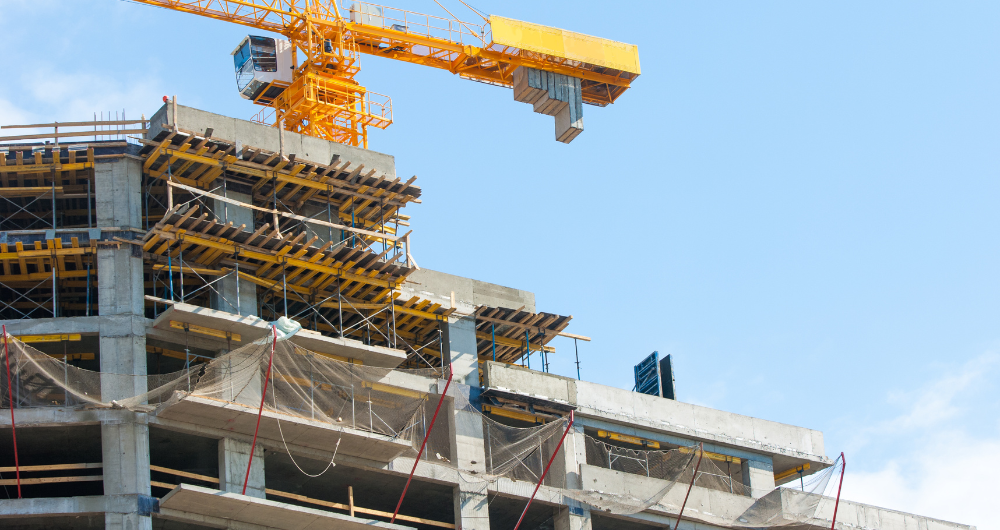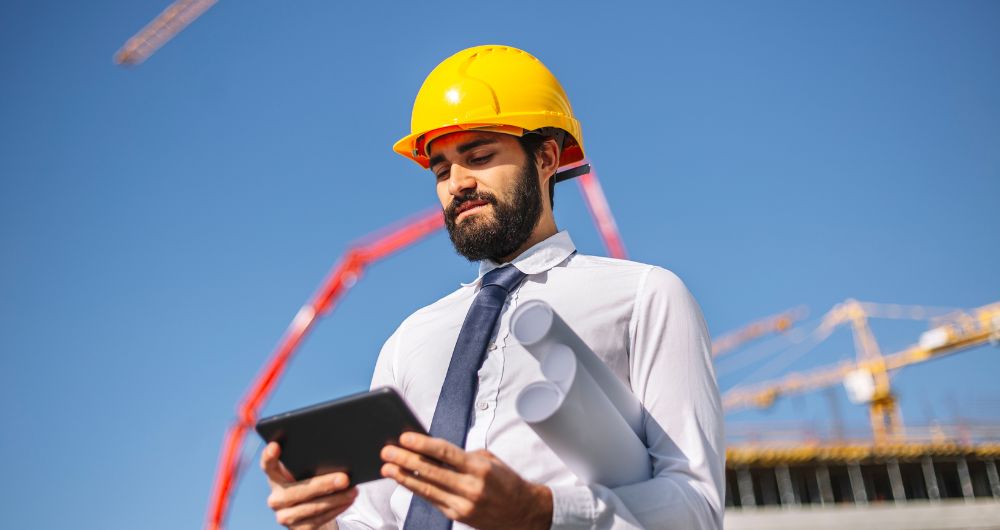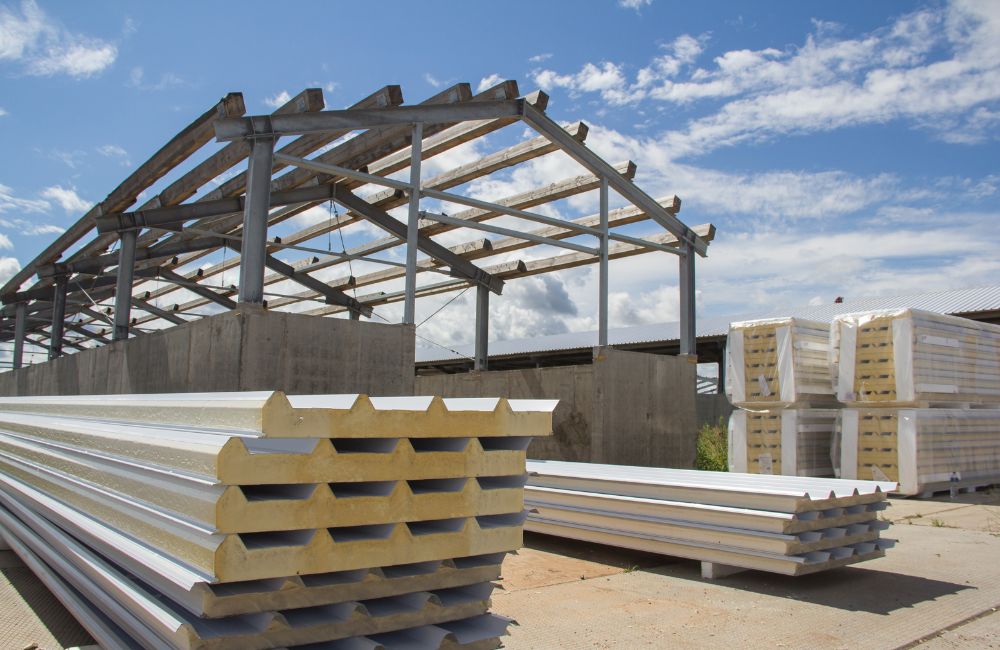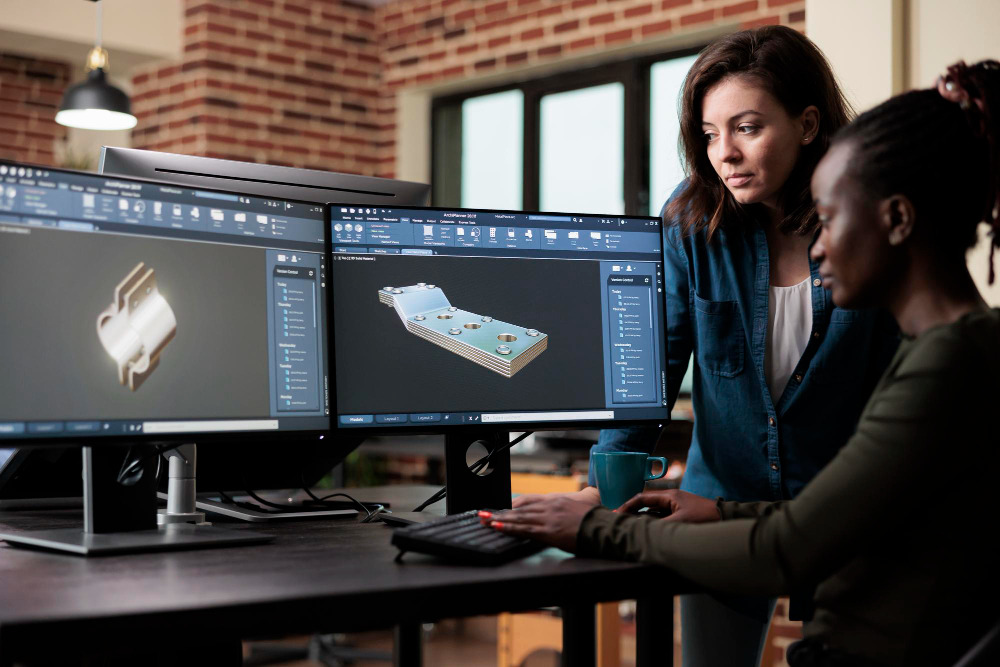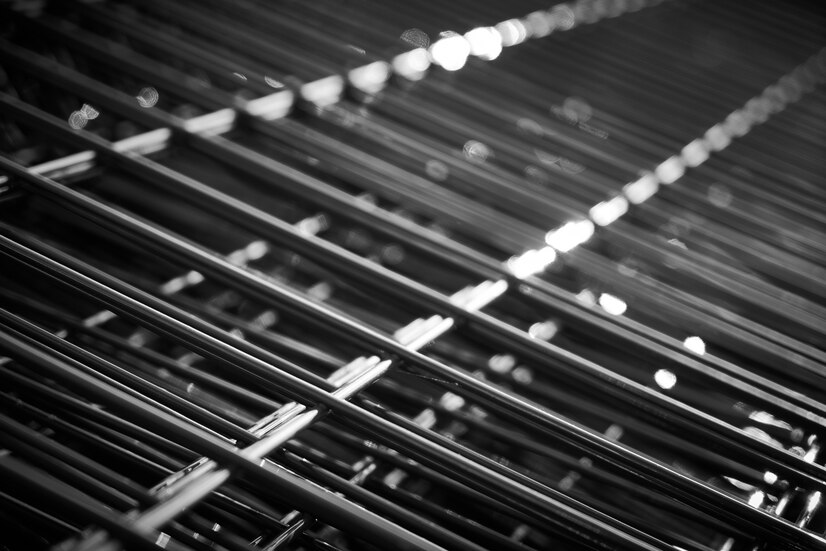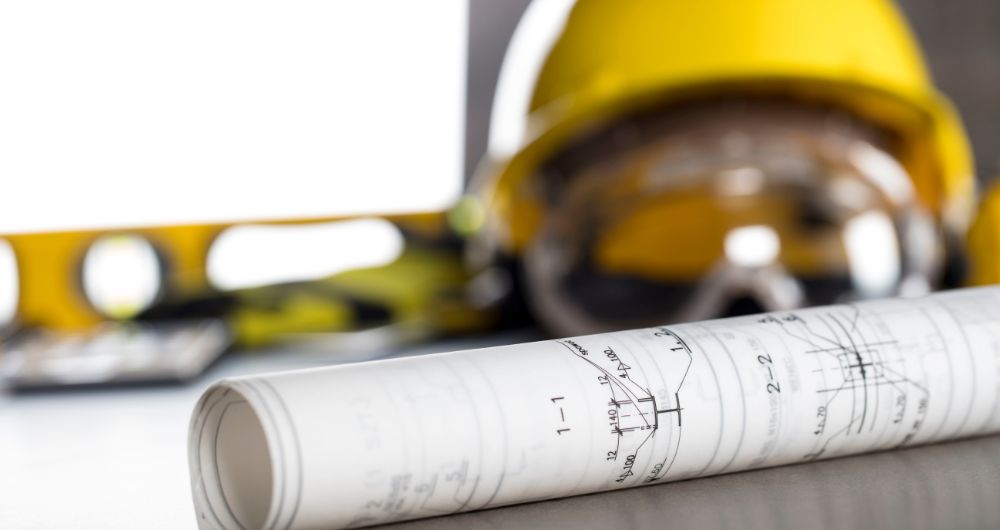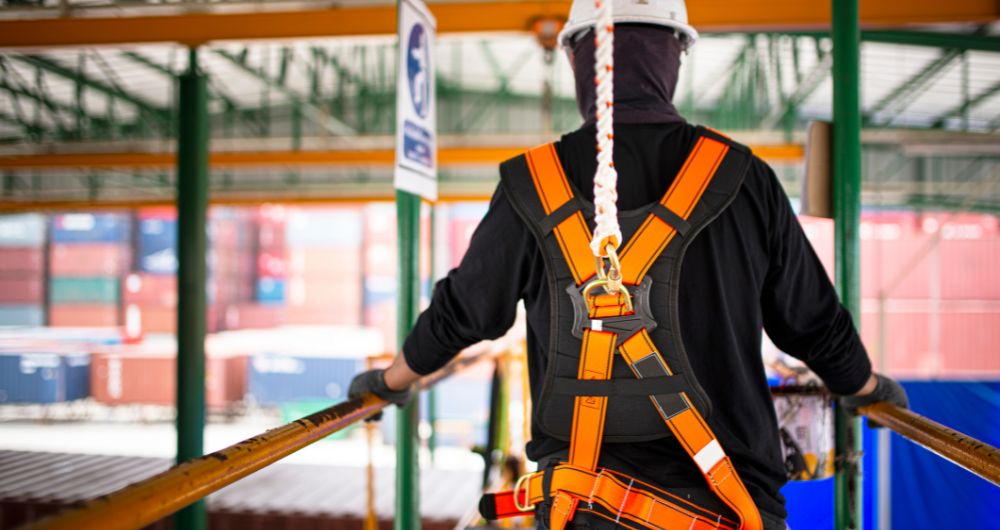The construction industry, traditionally seen as slow to embrace technological change, is undergoing a remarkable transformation thanks to the advent of robotics. Gone are the days when construction was predominantly manual labor, fraught with inefficiencies and safety risks. Today, robots are stepping onto construction sites, bringing a new era of innovation, precision, and efficiency.
Construction robots are specialized machines created for tasks in building projects. Using robots in construction has been around for a while; it started in Japan in 1983. During the 1990s, the idea took off, with about 150 construction robots being developed for various tasks.
This seismic shift is not about replacing human labor; it's about augmenting and enhancing human capabilities, opening up new possibilities in building design and construction methods. From automated bricklaying to drones surveying large construction sites, the integration of robotics is changing how projects are planned, executed, and managed. This transformation extends beyond the physical construction process, impacting everything from workforce dynamics to project timelines and safety protocols.
Types Of Robots Transforming the Construction Industry
The construction industry now features a variety of robots, each designed for specific tasks in building projects. Let's explore these different robots and understand how they're used in construction.
1. Bricklaying Robots
Brick, a building material used since 7000 BC, has been shaped into everything from traditional arches to modern designs. The classic bricklaying method has stayed the same for centuries. Now, an Australian company is modernizing this ancient craft. They've created a robot that lays bricks autonomously.
This unique bricklaying robot resembles a truck-mounted crane with advanced control, block delivery, and stabilization systems. It smartly identifies and places blocks, even cutting them to size as needed. This robot speeds up construction and offers solutions to global housing shortages and rapid rebuilding after disasters. Its precise technology leads to faster, more cost-effective house building with minimal waste by accurately calculating the required materials and reducing excess.
2. Robots for Construction Layout
Construction work demands a lot of physical labor, and current labor shortages are causing delays in project completion. The situation is worsened because many construction workers are approaching retirement age. The physically demanding nature of the job, especially tasks like construction layout, which involve a lot of bending, becomes increasingly challenging as workers age.
Therefore, a construction robot has been developed to print site layouts efficiently and accurately. This saves time and money and reduces costly errors that can have significant financial implications later on.
A construction layout robot is a self-operating machine that prints building plans directly on the site floor, a task usually done by contractors. These robots work faster and more precisely, avoiding the repetitive strain injuries that workers often get from marking floors. They are managed through cloud-based systems, allowing easy job preparation and control. Additionally, these robots are user-friendly, compact, and lightweight, making them easy to transport.
3. Demolition Robots
Contractors are always looking for tools and techniques that boost efficiency and reduce physical strain on workers. While concrete sawing is a quick removal method, competent contractors now use remote-controlled demolition robots. These robots enhance safety and flexibility and help lower bid costs, increasing profit margins.
Consider a typical task of sawing through a 10-by-3-meter wall in a tight space. This job usually involves around 25 cuts, multiple passes depending on the depth, and breaking down the concrete for removal. It typically requires two saws and a three-person crew and can take about four days. In contrast, using a remote-controlled demolition robot can reduce this time. These robots are highly efficient and capable of handling up to 5 cubic meters of material per hour, depending on the machine and material.
4. Self-Driving Trucks & Heavy Equipment
Developing AI and robotics for construction sites is challenging. Construction work requires handling objects in three dimensions and occurs in constantly changing environments. This is difficult for automation, which usually excels at repetitive tasks with known results. Creating safe self-driving vehicles for public roads, which change less frequently, is somewhat simpler.
A few years ago, there was massive optimism about automation: self-driving cars were expected to drastically reduce road accidents, and automated construction equipment like robot bulldozers and excavators was seen as a solution to housing and infrastructure challenges in the US. A robotics company started testing self-operating excavators in 2017, aiming to increase machine capabilities on construction sites. Heavy machinery operators have access to basic automation features, like making flat surfaces with a dozer. However, the ultimate goal is for one person to manage multiple machines simultaneously, with algorithms handling much of the work.
5. Robots for Jobsite Monitoring
Robots and AI now monitor construction sites in real-time, providing valuable data. They use autonomous drones and rovers with high-definition cameras and LiDAR to take precise daily photos and site scans. These images are then compared with building models, schedules, and estimates by AI to check work quality and daily progress.
Monitoring construction progress with robots involves three steps:
✔ Gathering data
✔ Processing this information; and
✔ Displaying it.
Moreover, different methods are used for data collection, like cameras and laser scanning.
The AI, using advanced deep-learning algorithms, can spot and report any mistakes in the construction process, ranging from excavation to mechanical, electrical, and plumbing systems. It can recognize building components by shape, size, and location, even if only part is visible.
This technology measures installed quantities, update daily work progress, and compares it with the construction schedule, alerting if the project is lagging. It also finds discrepancies between the actual construction and the planned models, helping to quickly identify and correct errors avoiding expensive work redoing.
The primary aim of using these job site monitoring robots is to enhance productivity, reduce the need for rework, and ensure projects are completed on time and within budget.
6. Robots for Rebar Work
Though not the most glamorous, a rebar-tying robot serves a crucial purpose on construction sites, primarily where labor shortages exist. This robot can tie rebar continuously with just one worker supervising.
Once the rebar is in place for bridge projects, this construction robot can be set up using the existing bridge structure and begin working. It moves along a frame, identifying each rebar intersection, tying it, and then proceeding to the next one. The robot's frame is adjustable, and the fitting bridge spans up to 145 feet.
The main benefits of this rebar-tying robot are clear. It makes construction crews more efficient, moving on to other tasks while the robot works on the rebar. This also reduces the physically demanding and injury-prone task of manually tying thousands of rebar intersections.
Advantages of Using Robotics in Construction
✔ Increased Efficiency
Robotics in construction brings a new level of efficiency. For instance, construction robots for autonomous site printing and demolition significantly reduce the time required for tasks such as laying out building plans or demolishing structures. These robots can accomplish tasks faster and more precisely than manual methods. This efficiency is not only about speed but also about the ability to work continuously without the need for breaks, thereby streamlining the construction process.
✔ Enhanced Safety
The use of robotics greatly enhances safety on construction sites. By taking over hazardous tasks like demolition, rebar tying, or high-precision tasks such as laying bricks, robots reduce the risk of injuries that workers might face. These tasks are often repetitive and physically demanding, leading to strain and potential accidents. Robots can perform these duties without the associated risks, ensuring a safer working environment.
✔ Cost-Effectiveness
Employing construction robots can be more cost-effective in the long run. While the initial investment in robotic technology might be high, these machines can save money by reducing the time needed to complete tasks, minimizing errors, and lowering the costs associated with labor and potential injuries. For example, using a demolition robot can cut time and labor costs in half compared to traditional methods.
✔ Mitigation of Labor Shortages
Robotics offers a solution to the labor shortages in the construction industry. With many workers nearing retirement and a general labor shortage, robots like those for rebar tying or bricklaying can fill the gap, ensuring that projects continue smoothly without delays. This is particularly beneficial for large-scale projects with high demand for skilled labor.
✔ Increased Productivity
Robots in construction significantly boost productivity. They can work consistently without getting tired, allowing more work to be completed in a shorter period. For example, a rebar-tying robot allows construction crews to move on to other tasks, effectively multitasking and getting more done. Additionally, the precision of robots ensures high-quality work, reducing the need for rework and further enhancing overall productivity.
Embrace the Future of Construction with Claris Design•Build!
At Claris Design•Build, we always look ahead to embrace and welcome the exciting possibilities that the future holds, especially regarding robotic technologies in construction.
We believe in staying at the forefront of innovation to bring unparalleled efficiency, safety, and quality to your projects. Whether enhancing productivity, mitigating labor shortages, or ensuring cost-effectiveness, we are committed to exploring how these advanced technologies can benefit our clients.
Let's build the future together — contact Claris Design•Build to discover how we can integrate the latest in construction robotics to realize your vision.
Call or visit our website, and let's embark on a transformative construction adventure together!



